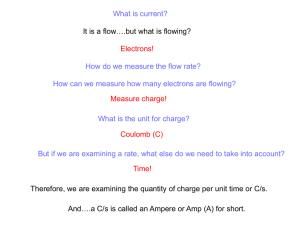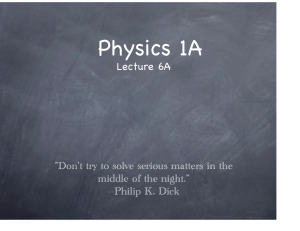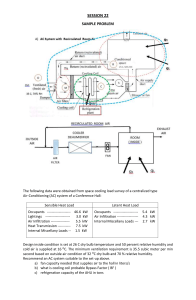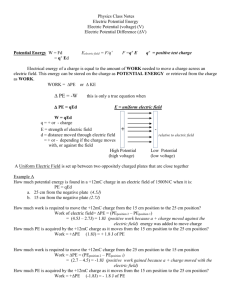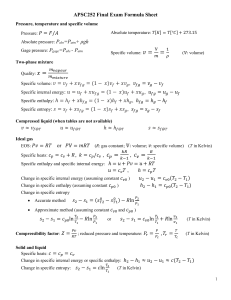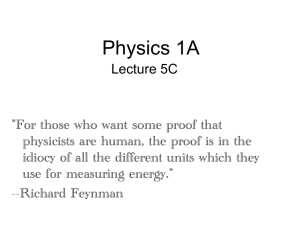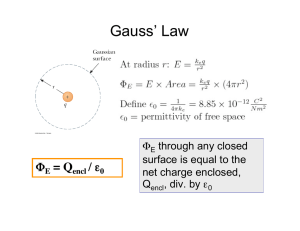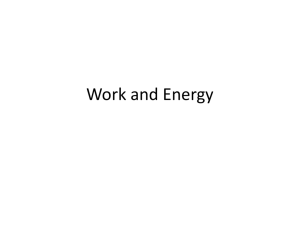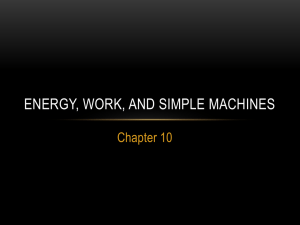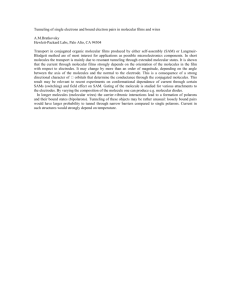Ideal Gas Expansion: Thermodynamics & Kinetic Theory
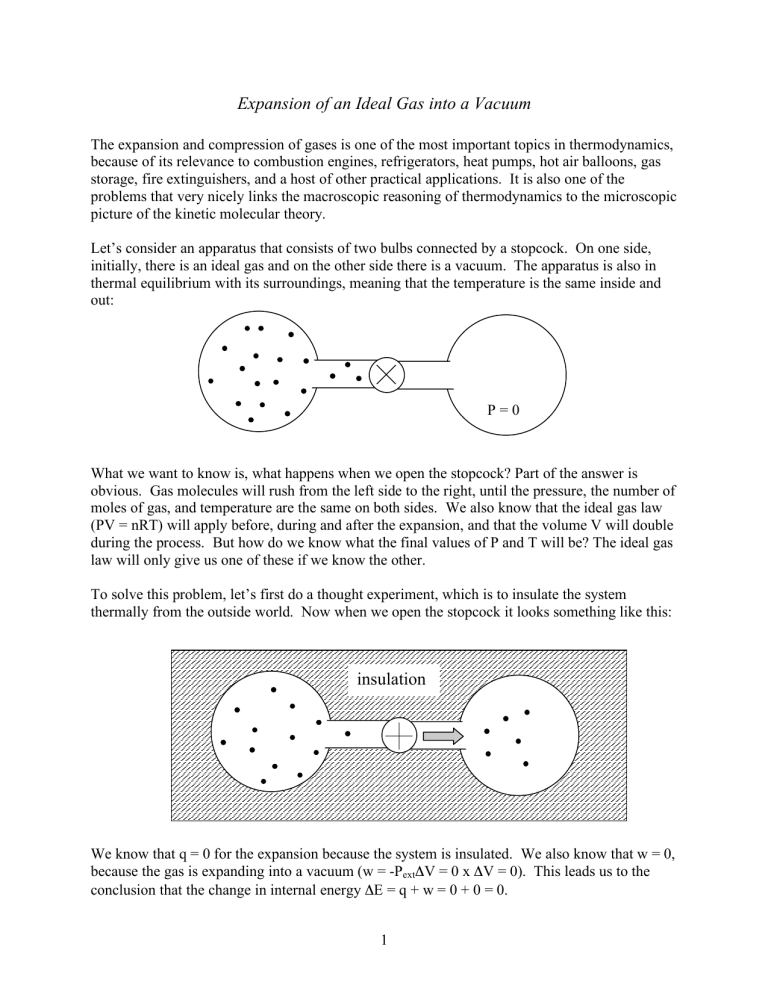
Expansion of an Ideal Gas into a Vacuum
The expansion and compression of gases is one of the most important topics in thermodynamics, because of its relevance to combustion engines, refrigerators, heat pumps, hot air balloons, gas storage, fire extinguishers, and a host of other practical applications. It is also one of the problems that very nicely links the macroscopic reasoning of thermodynamics to the microscopic picture of the kinetic molecular theory.
Let’s consider an apparatus that consists of two bulbs connected by a stopcock. On one side, initially, there is an ideal gas and on the other side there is a vacuum. The apparatus is also in thermal equilibrium with its surroundings, meaning that the temperature is the same inside and out:
P = 0
What we want to know is, what happens when we open the stopcock? Part of the answer is obvious. Gas molecules will rush from the left side to the right, until the pressure, the number of moles of gas, and temperature are the same on both sides. We also know that the ideal gas law
(PV = nRT) will apply before, during and after the expansion, and that the volume V will double during the process. But how do we know what the final values of P and T will be? The ideal gas law will only give us one of these if we know the other.
To solve this problem, let’s first do a thought experiment, which is to insulate the system thermally from the outside world. Now when we open the stopcock it looks something like this:
insulation
We know that q = 0 for the expansion because the system is insulated. We also know that w = 0, because the gas is expanding into a vacuum (w = -P ext
Δ
V = 0 x
Δ
V = 0). This leads us to the conclusion that the change in internal energy
Δ
E = q + w = 0 + 0 = 0.
1
OK, so the energy of the gas does not change in the process. Does that help us understand what happens to P and T? Yes, but first we need to reflect on what we mean by
Δ
E = 0.
The internal energy (E) of the system is the sum of the of its potential energy (PE) and kinetic energy (KE). If E = PE + KE, then Δ E = Δ PE + Δ KE. For Δ E to be zero, the sum Δ PE + Δ KE must be zero too. In other words, the changes in KE and PE must be equal and opposite to each other.
But, for an ideal gas (and this is the key point), the potential energy is always zero . Potential energy is the energy of atoms interacting with other atoms, e.g., to make a chemical bond, or to attract or repel each other through non-covalent interactions. But in an ideal gas the molecules are non-interacting . This means Δ PE is always zero for an ideal gas. Note that this is not true for a real gas. Real gases have attractions and repulsions between molecules that make Δ PE ≠ 0.
Back to our problem:
Δ E = 0 = Δ PE + Δ KE = 0 + Δ KE, which means Δ KE = 0.
But we know from the kinetic-molecular theory that KE = 3nRT/2 for a monatomic ideal gas, so
Δ T = 2 Δ KE/3nR = 0. For a polyatomic ideal gas, KE is still proportional to T, and Δ T = 0.
This means that the temperature does not change in the expansion, and, if that is the case, we can now remove the insulation wtihout changing the result, since q = 0 for an isothermal system.
The solution then, is: q, w,
Δ
E,
Δ
PE,
Δ
KE, and
Δ
T are all zero.
T final
= T initial
V final
= 2 V initial
P final
= ½ P initial
Questions:
1.
Does the distribution of molecular speeds change in the expansion of an ideal gas? If so, how?
2.
Does the mean free path of the molecules change? Explain.
3.
How does the frequency of molecular collisions with the walls change?
4.
How does the average momentum of molecular collisions with the walls change?
5.
What is
Δ
H for the expansion of an ideal gas? Explain your reasoning.
6.
If the expansion is not driven by changes in energy, what makes it go?
2
